
Arkansas is known for its natural beauty, from the Ozark Mountains to the Mississippi Delta, but beneath the scenic landscapes lie communities grappling with serious crime challenges. Across the Natural State, there are towns where crime rates climb well above national averages, often reflecting deeper issues like economic decline, drug trafficking, and limited resources for law enforcement. In these places, residents face higher risks of becoming victims of both violent and property crimes than in most American communities.
This list ranks the 30 most dangerous small towns in Arkansas based on the latest FBI crime data, measuring both violent crimes (assault, robbery, rape, and murder) and property crimes (burglary, theft, and motor vehicle theft). From former industrial centers struggling with economic hardship to border towns dealing with drug-related violence, each community presents its own safety challenges while residents work to build stronger, safer neighborhoods.
30. Mountain Home

Population: 13,348
Crime Rate: Violent – 264 per 100,000; Property – 2,418 per 100,000
Mountain Home, nestled in the Arkansas Ozarks, has the lowest crime rates on this list but still faces notable property crime issues. The town’s property crime rate exceeds many similar-sized communities, with theft and burglary being primary concerns. Despite its scenic location near Bull Shoals Lake, residents have about a 1 in 41 chance of experiencing property crime annually.
29. Arkadelphia
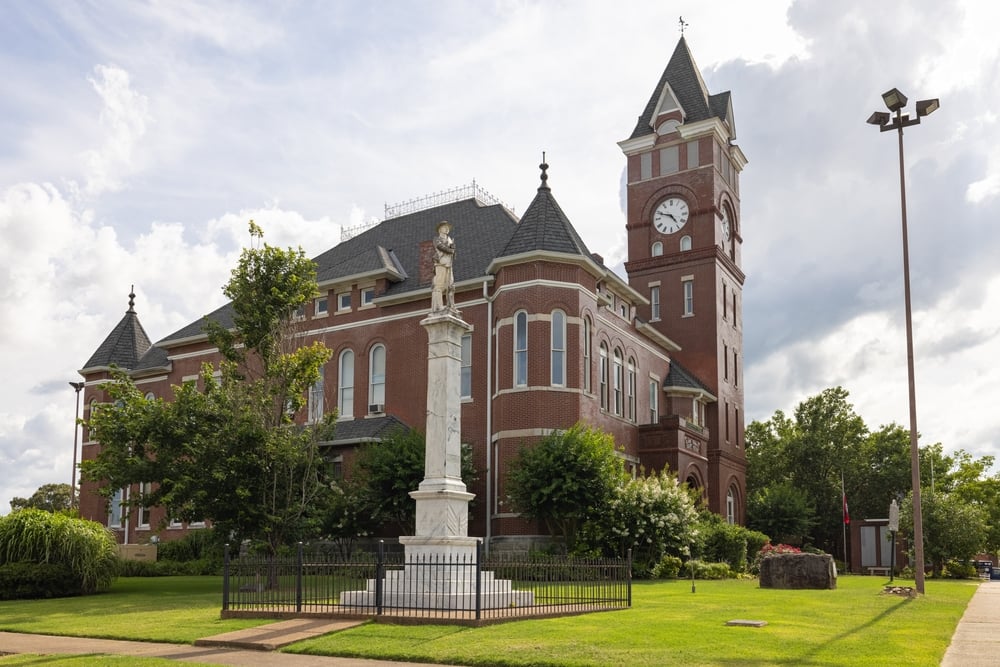
Population: 9,894
Crime Rate: Violent – 273 per 100,000; Property – 1,902 per 100,000
This college town, home to Henderson State University and Ouachita Baptist University, maintains relatively moderate crime levels compared to other Arkansas communities. Arkadelphia’s student population contributes to fluctuating crime patterns, with property crimes like theft more common than violent offenses. The presence of two universities provides economic stability that helps keep overall crime rates manageable.
28. Harrison
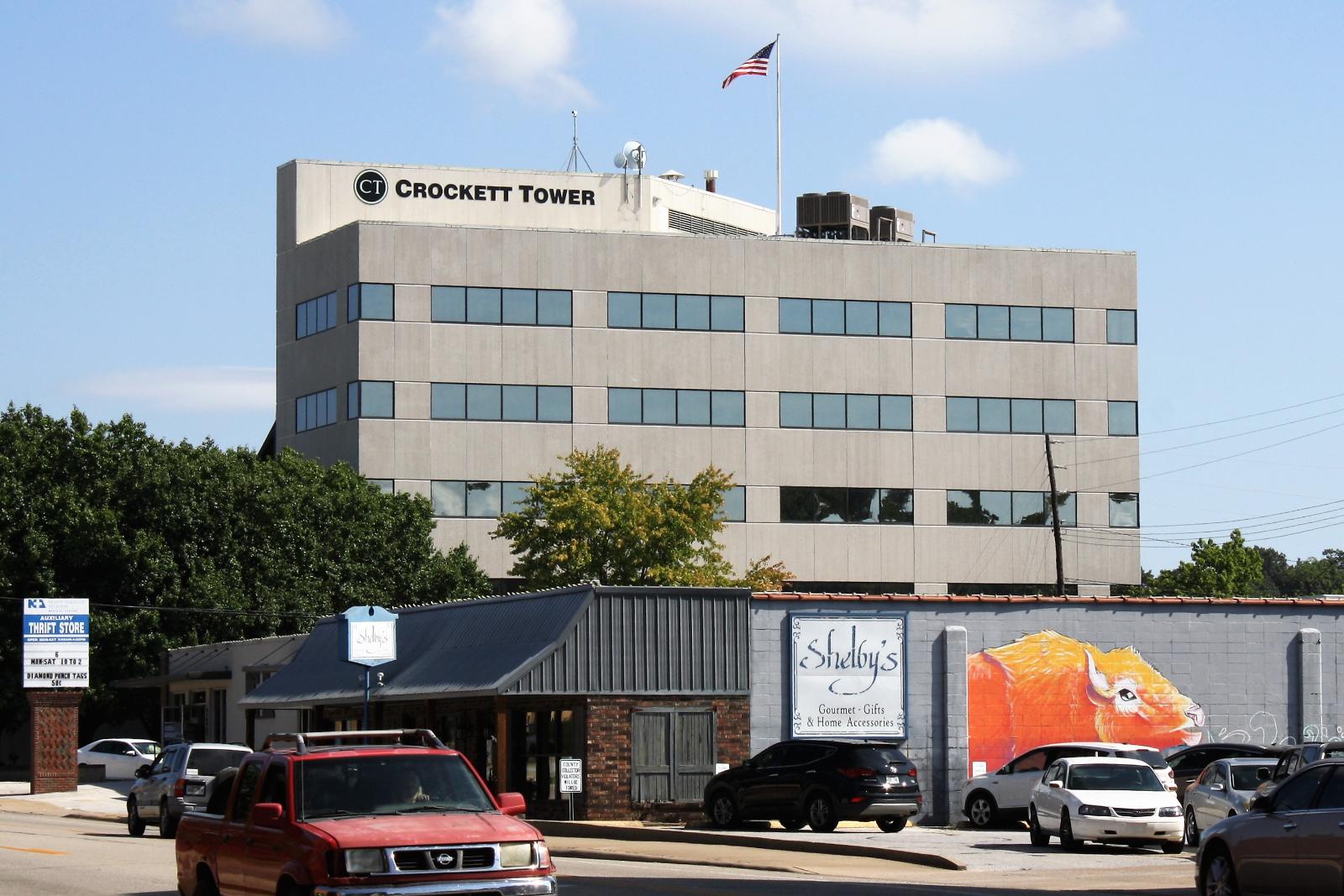
Population: 13,723
Crime Rate: Violent – 336 per 100,000; Property – 1,984 per 100,000
Harrison serves as a regional hub in north-central Arkansas, but its crime rate reflects challenges facing many rural Arkansas towns. The city experiences a mix of violent and property crimes, with assault cases contributing significantly to its violent crime statistics. Economic factors and drug-related activities influence the community’s overall safety profile.
27. Van Buren
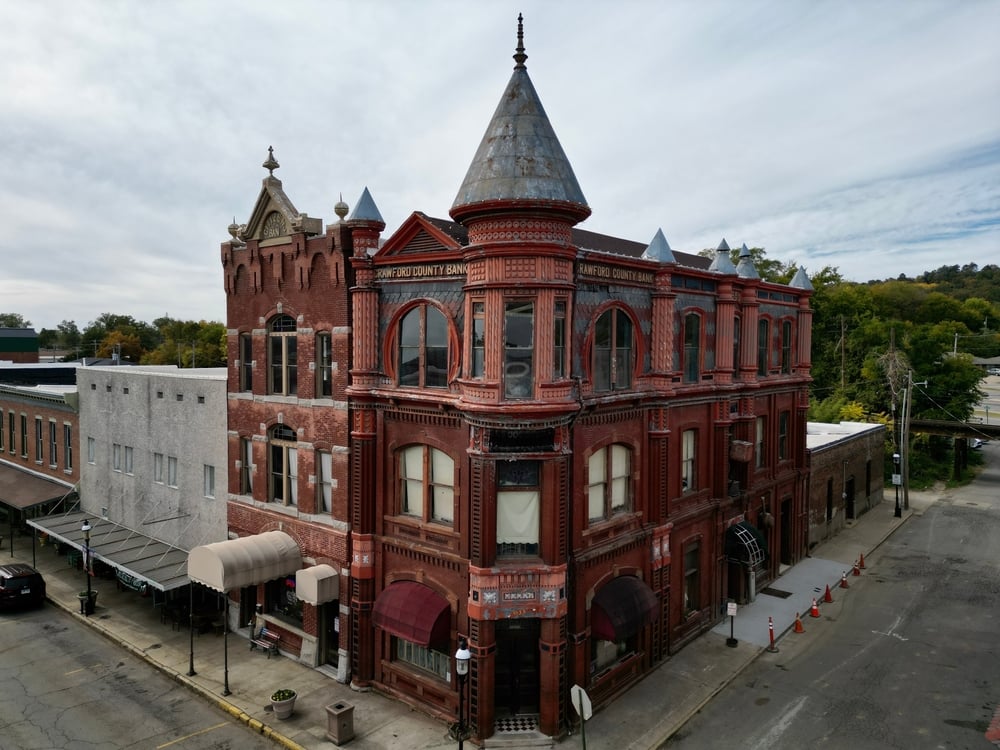
Population: 24,396
Crime Rate: Violent – 340 per 100,000; Property – 2,848 per 100,000
Located along the Arkansas River near Fort Smith, Van Buren faces property crime challenges that significantly exceed state averages. The town’s proximity to larger urban areas contributes to higher theft and burglary rates. While violent crime remains relatively controlled, property crime affects roughly 1 in 35 residents annually.
26. Magnolia
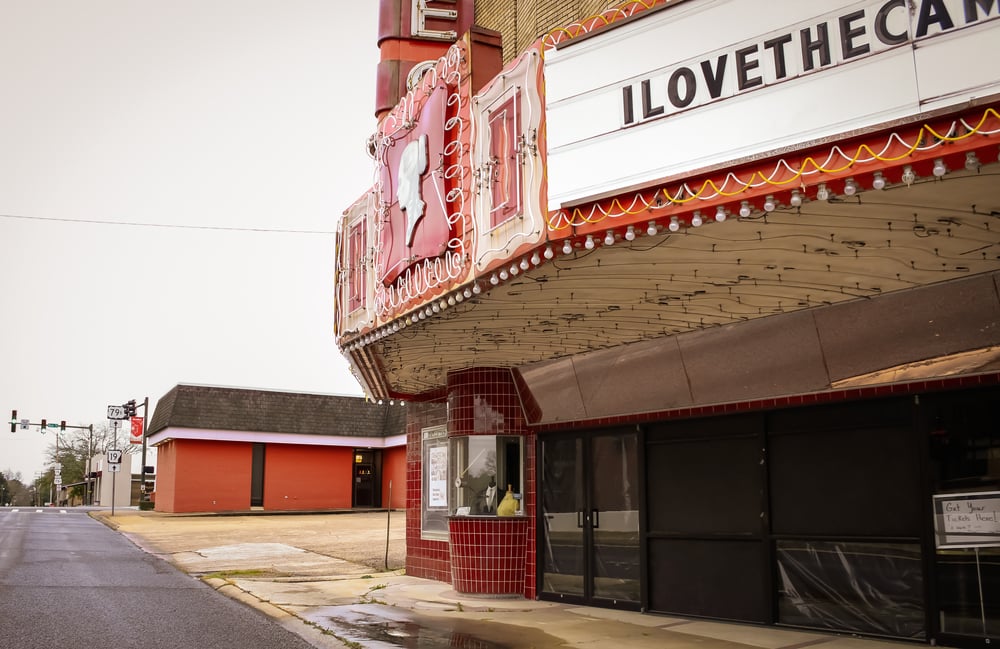
Population: 10,759
Crime Rate: Violent – 353 per 100,000; Property – 2,767 per 100,000
This southwest Arkansas town struggles with both violent and property crime rates above state averages. Magnolia’s economy, historically tied to oil and timber, has faced challenges that correlate with increased crime activity. The combination of economic stress and limited resources creates safety concerns for local residents.
25. Rogers

Population: 75,639
Crime Rate: Violent – 369 per 100,000; Property – 1,598 per 100,000
Rogers benefits from its location in the prosperous Northwest Arkansas region but still experiences crime challenges. The city’s violent crime rate exceeds many comparable communities, though property crime remains relatively moderate. Rapid growth and development pressures contribute to public safety concerns in certain neighborhoods.
24. Cabot

Population: 27,575
Crime Rate: Violent – 401 per 100,000; Property – 1,924 per 100,000
This central Arkansas suburb has seen increasing violent crime rates as it has grown rapidly over recent decades. Cabot’s proximity to Little Rock brings both economic opportunities and urban crime spillover effects. The community works actively on crime prevention, but residents face elevated risks compared to similar-sized towns statewide.
23. Siloam Springs
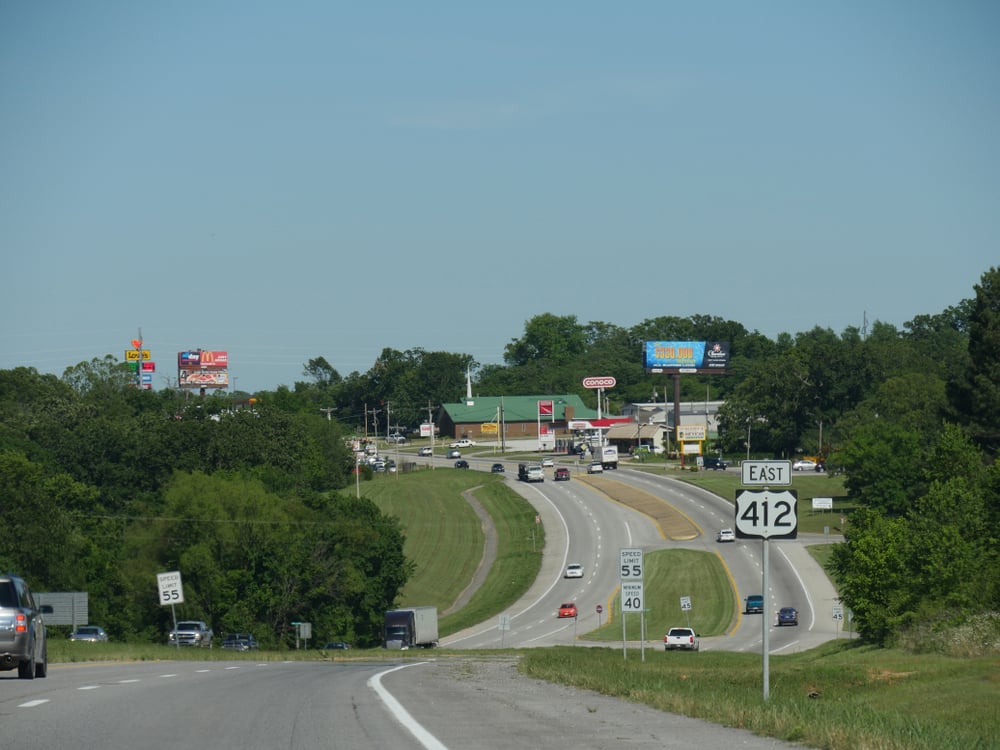
Population: 20,075
Crime Rate: Violent – 434 per 100,000; Property – 1,984 per 100,000
Located near the Oklahoma border, Siloam Springs deals with elevated violent crime rates that concern local residents. The city’s position along major transportation corridors contributes to drug trafficking and associated criminal activity. Despite community efforts, violent crime remains a persistent challenge requiring ongoing attention.
22. Benton
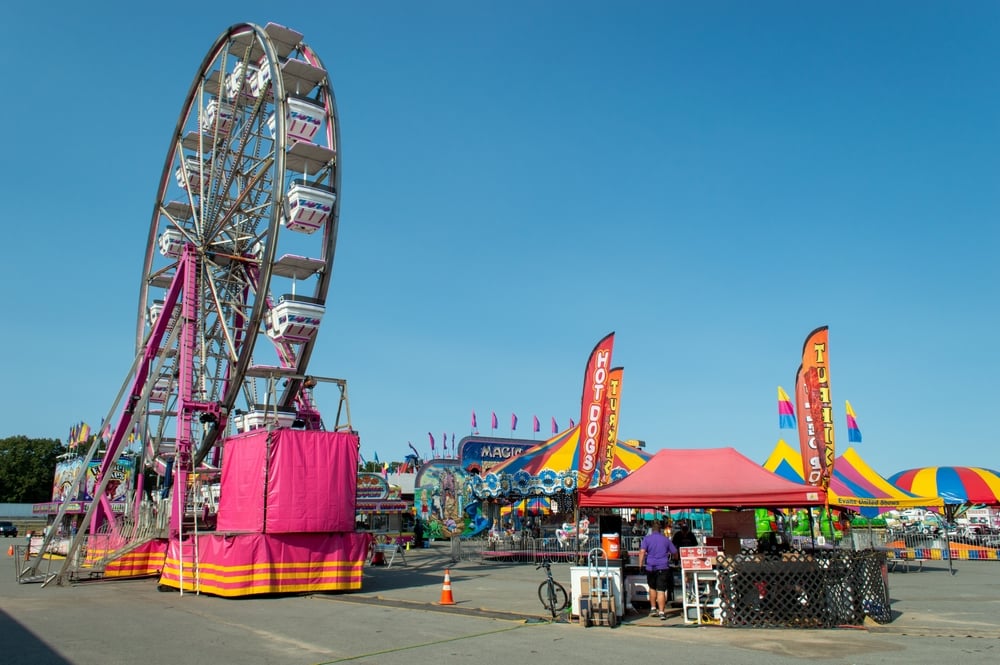
Population: 38,088
Crime Rate: Violent – 458 per 100,000; Property – 2,559 per 100,000
As Saline County’s largest city, Benton experiences crime rates that reflect its role as a regional center. The community faces significant property crime issues, with theft and burglary affecting many neighborhoods. Population growth and suburban sprawl create challenges for law enforcement coverage and response times.
21. Searcy

Population: 23,997
Crime Rate: Violent – 460 per 100,000; Property – 3,304 per 100,000
This college town faces particularly high property crime rates, with residents having about a 1 in 30 chance of experiencing theft or burglary annually. Searcy’s student population and transient nature contribute to elevated crime statistics. The combination of university activity and limited economic opportunities creates ongoing safety challenges.
20. Hot Springs
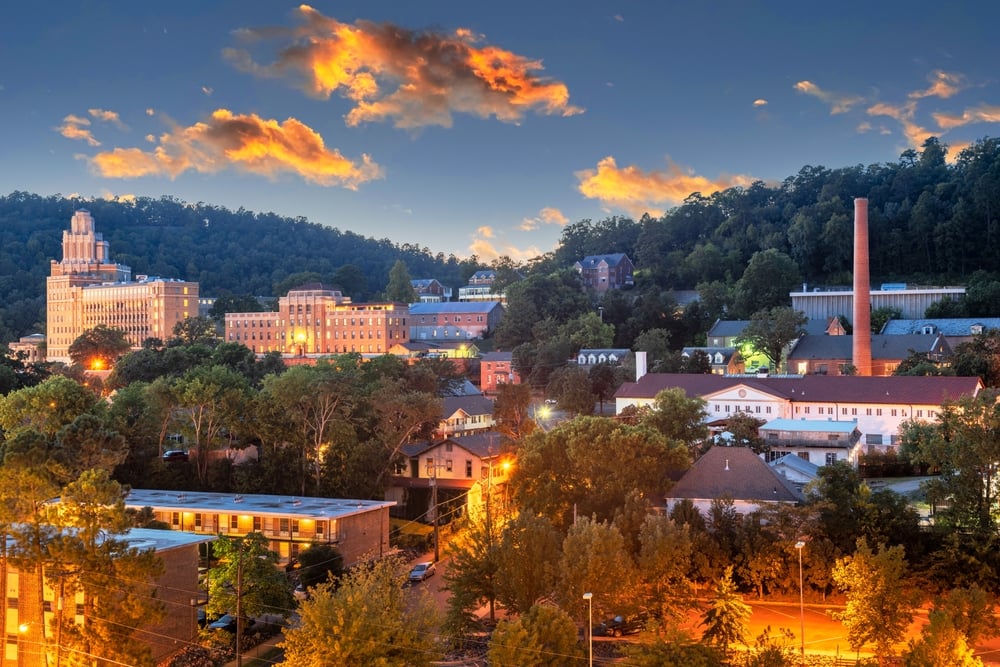
Population: 37,971
Crime Rate: Violent – 516 per 100,000; Property – 6,029 per 100,000
The famous spa city struggles with extremely high property crime rates that far exceed state and national averages. Hot Springs’ tourism industry and transient population contribute to elevated theft and burglary statistics. Economic inequality and drug-related activities compound the community’s crime challenges significantly.
19. Russellville

Population: 29,442
Crime Rate: Violent – 544 per 100,000; Property – 2,087 per 100,000
Home to Arkansas Tech University, Russellville faces elevated violent crime rates that concern residents and students alike. The city’s violent crime statistics exceed many comparable Arkansas communities, with assault cases contributing significantly to overall numbers. College town dynamics and economic pressures influence local crime patterns.
18. Conway
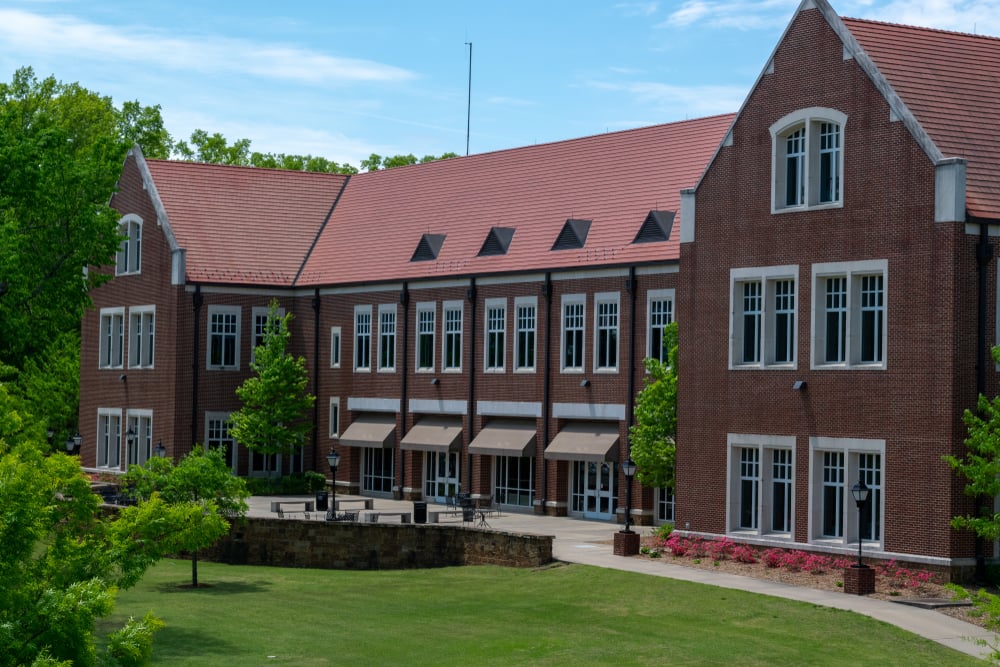
Population: 70,711
Crime Rate: Violent – 548 per 100,000; Property – 2,481 per 100,000
Arkansas’s fastest-growing city faces crime challenges that come with rapid population expansion and development. Conway’s violent crime rate reflects stress on municipal services and law enforcement resources. The presence of multiple universities creates unique safety dynamics that require specialized community policing approaches.
17. Springdale
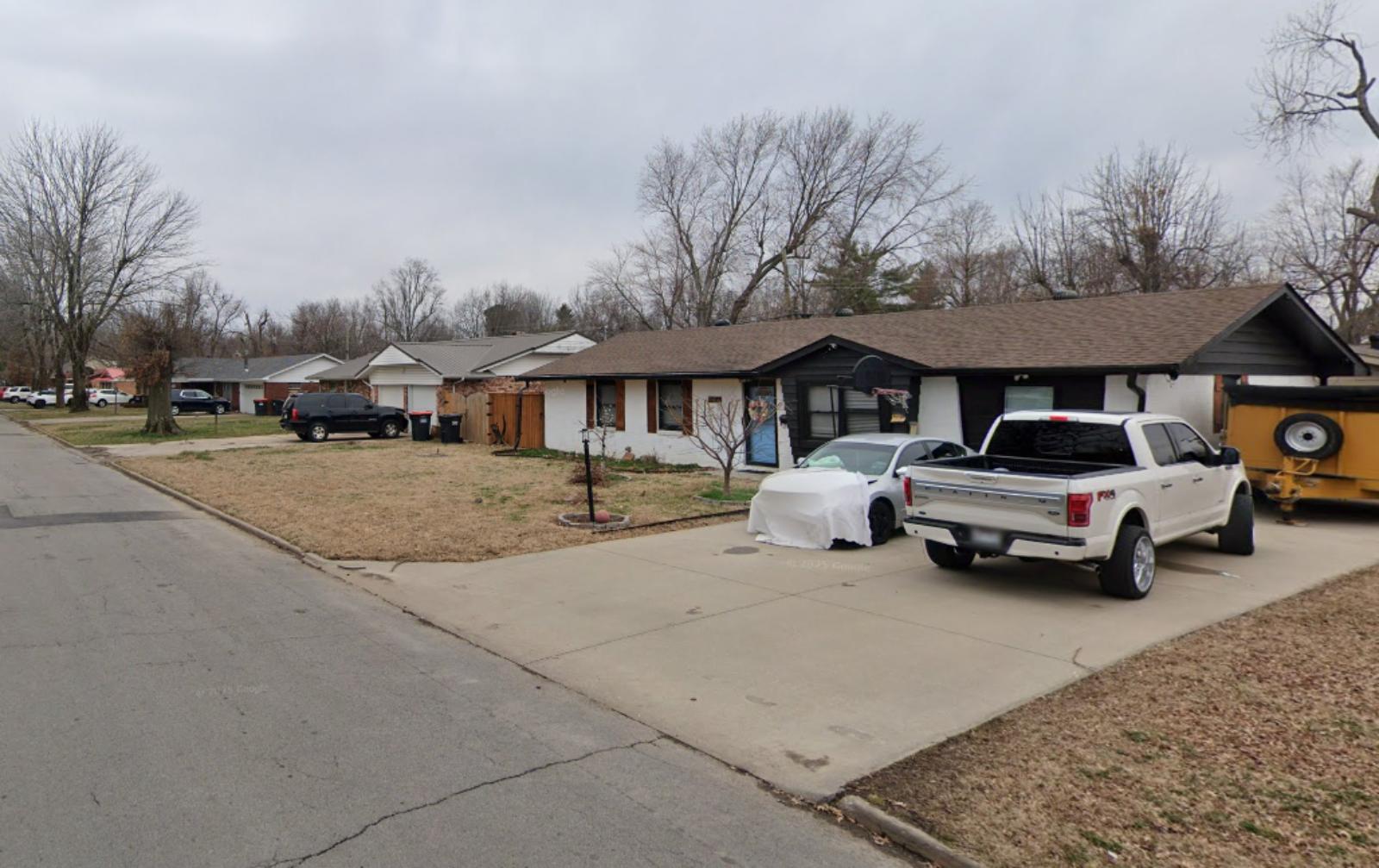
Population: 89,368
Crime Rate: Violent – 561 per 100,000; Property – 2,663 per 100,000
Northwest Arkansas’s poultry industry hub experiences elevated crime rates despite economic prosperity in the region. Springdale’s diverse immigrant population and industrial economy create complex social dynamics that influence crime patterns. The city works actively on community policing but faces ongoing challenges with both violent and property crimes.
16. Sherwood
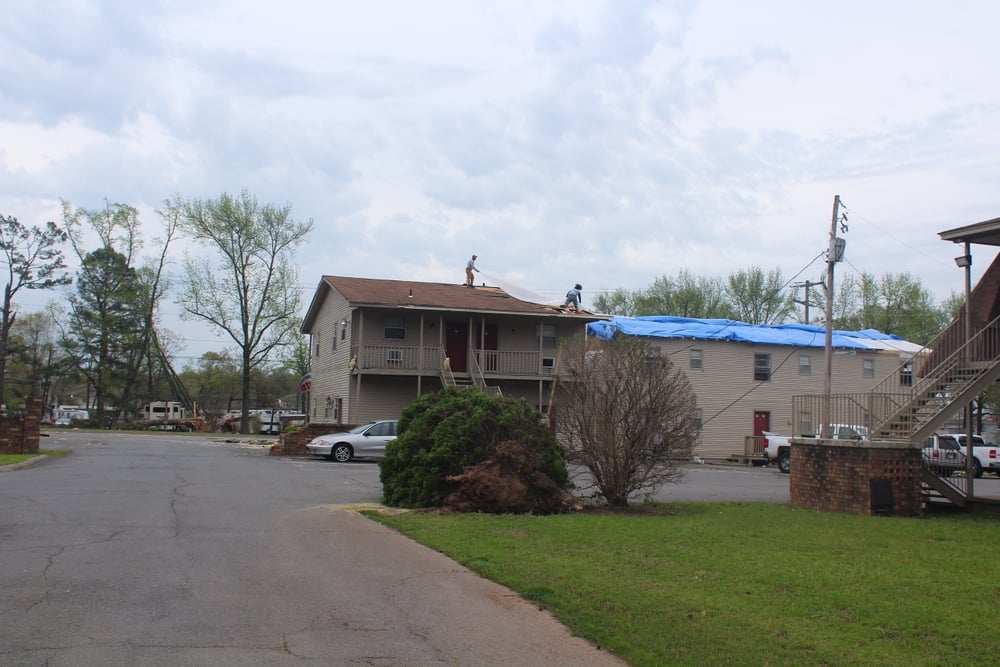
Population: 33,281
Crime Rate: Violent – 569 per 100,000; Property – 2,293 per 100,000
This Little Rock suburb faces violent crime rates that significantly exceed state averages, creating concern among residents. Sherwood’s crime challenges reflect spillover effects from nearby urban areas and local economic stresses. The community has implemented various safety initiatives, but crime prevention remains an ongoing priority.
15. Marion
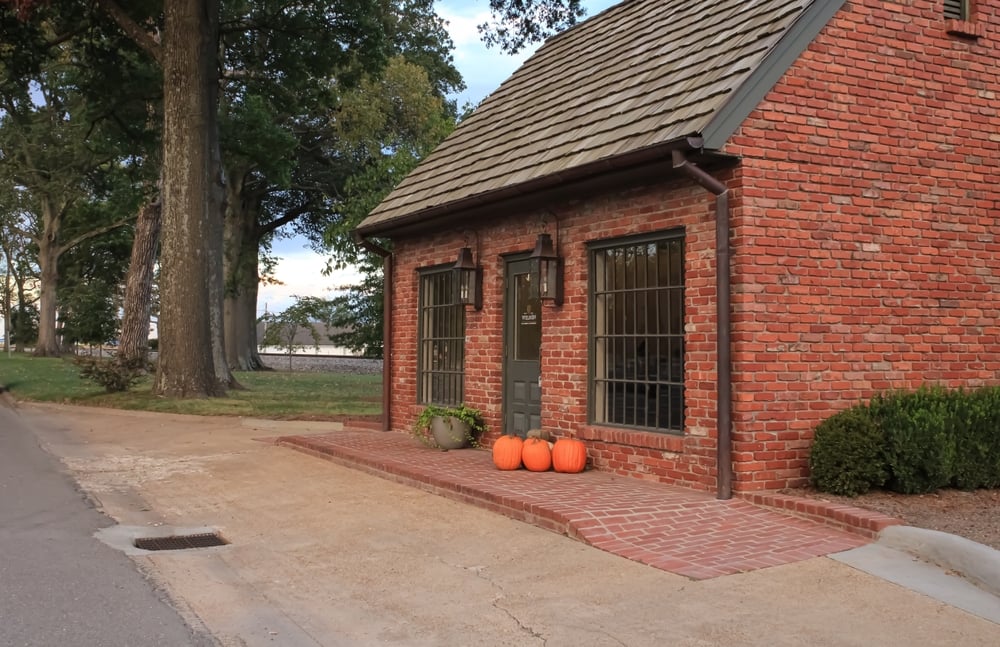
Population: 13,524
Crime Rate: Violent – 629 per 100,000; Property – 2,723 per 100,000
Located across the Mississippi River from Memphis, Marion deals with significant crime spillover from the larger metropolitan area. The city’s position along major interstate corridors contributes to drug trafficking and associated criminal activity. Economic challenges in the Arkansas Delta region compound local safety concerns.
14. Jonesboro
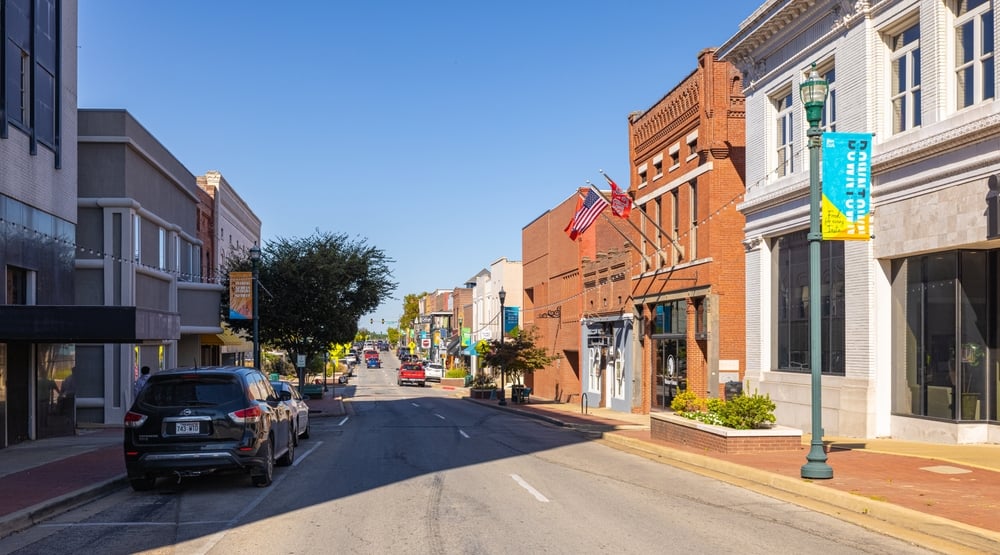
Population: 82,384
Crime Rate: Violent – 642 per 100,000; Property – 3,326 per 100,000
Northeast Arkansas’s largest city faces substantial crime challenges across all categories, with particularly high property crime rates. Jonesboro’s role as a regional center brings both economic opportunities and urban crime problems. The city’s university presence adds complexity to crime patterns and prevention strategies.
13. Malvern

Population: 11,082
Crime Rate: Violent – 653 per 100,000; Property – 2,867 per 100,000
This small city in Hot Spring County experiences disproportionately high crime rates for its population size. Malvern’s economic struggles and limited resources create challenges for effective crime prevention and law enforcement. Both violent and property crime rates significantly exceed state averages for similar communities.
12. Batesville

Population: 11,539
Crime Rate: Violent – 654 per 100,000; Property – 1,711 per 100,000
Despite relatively moderate property crime rates, Batesville faces concerning violent crime levels that affect community safety. The city’s violent crime rate more than doubles the state average, creating significant challenges for local law enforcement. Economic factors and social issues contribute to ongoing safety concerns.
11. Blytheville
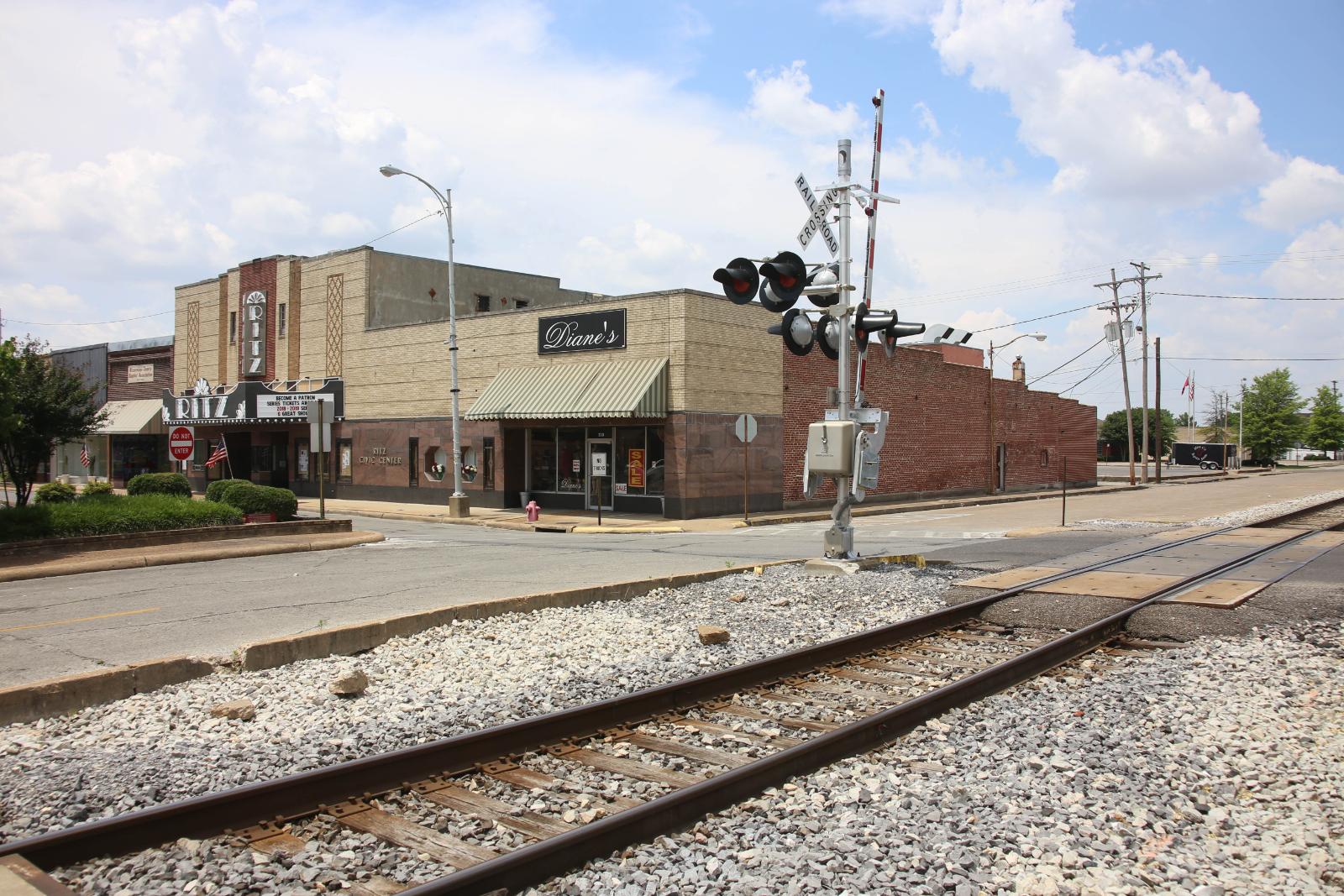
Population: 12,359
Crime Rate: Violent – 710 per 100,000; Property – 3,790 per 100,000
This Arkansas Delta community struggles with high rates of both violent and property crime, reflecting broader regional economic challenges. Blytheville’s decline from its former agricultural prosperity has left the city vulnerable to crime and social problems. Residents face elevated risks across all crime categories compared to state averages.
10. Texarkana
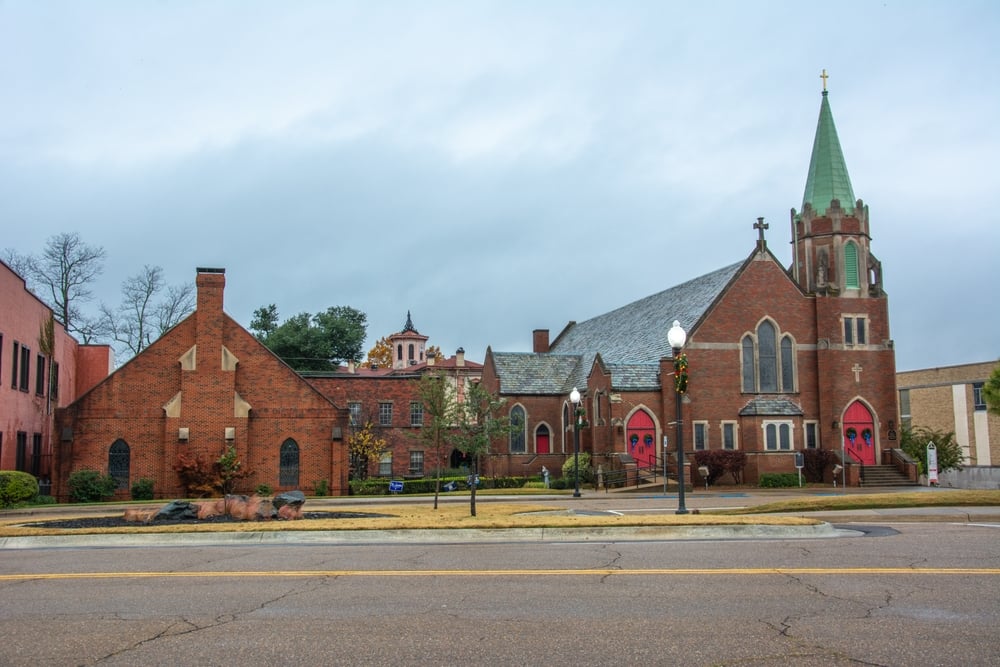
Population: 28,897
Crime Rate: Violent – 933 per 100,000; Property – 3,921 per 100,000
The Arkansas side of this border city faces significant crime challenges, with both violent and property crime rates far exceeding state averages. Texarkana’s position on the Texas border creates unique law enforcement challenges and contributes to elevated criminal activity. Drug trafficking and associated violence remain persistent community concerns.
9. Fort Smith
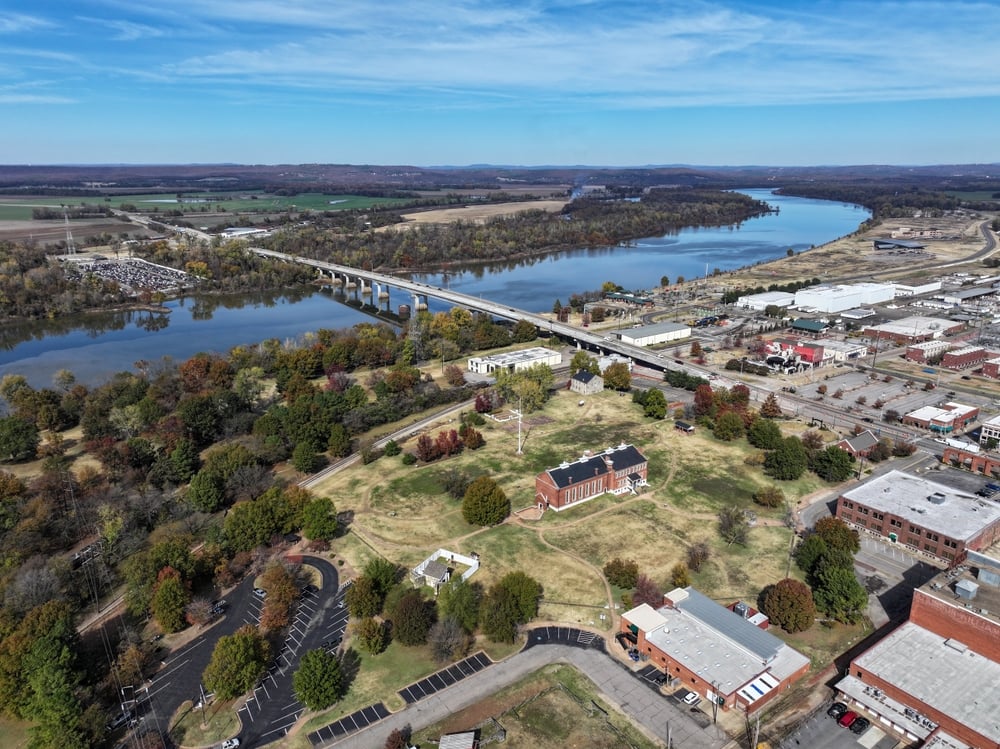
Population: 90,507
Crime Rate: Violent – 1,022 per 100,000; Property – 4,186 per 100,000
Arkansas’s second-largest city experiences crime rates that create significant safety concerns for residents and visitors. Fort Smith’s violent crime rate approaches triple the state average, while property crime affects roughly 1 in 24 residents annually. The city’s proximity to Oklahoma and role as a regional center contribute to complex crime dynamics.
8. Jacksonville
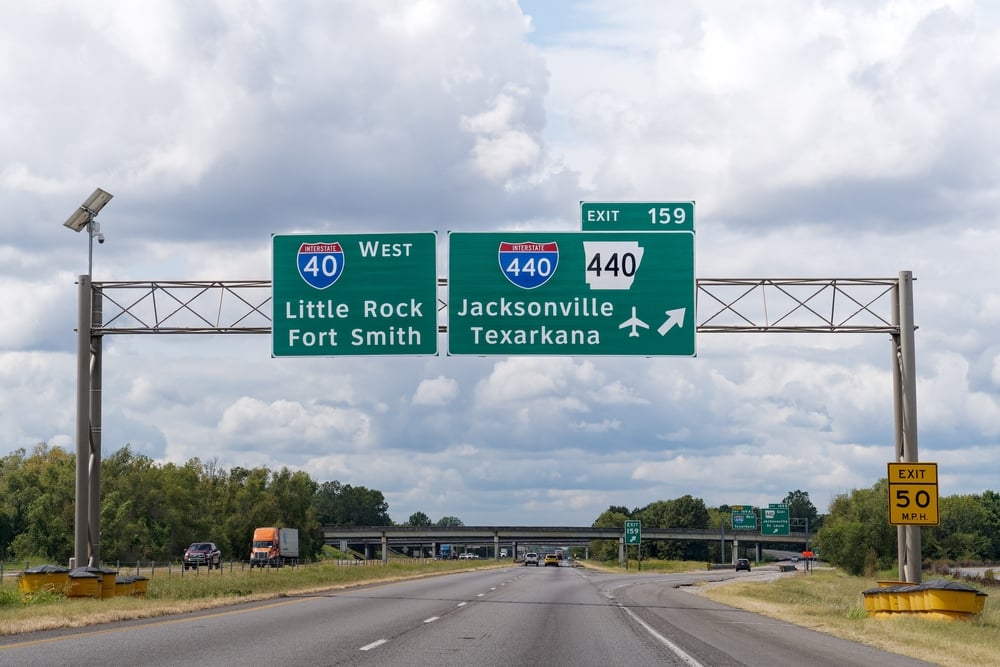
Population: 29,129
Crime Rate: Violent – 1,123 per 100,000; Property – 4,284 per 100,000
This Central Arkansas city faces extremely high crime rates across all categories, creating serious safety challenges for residents. Jacksonville’s proximity to Little Rock Air Force Base and major highways contributes to elevated criminal activity. Both violent and property crime rates significantly exceed state and national averages for comparable communities.
7. Camden
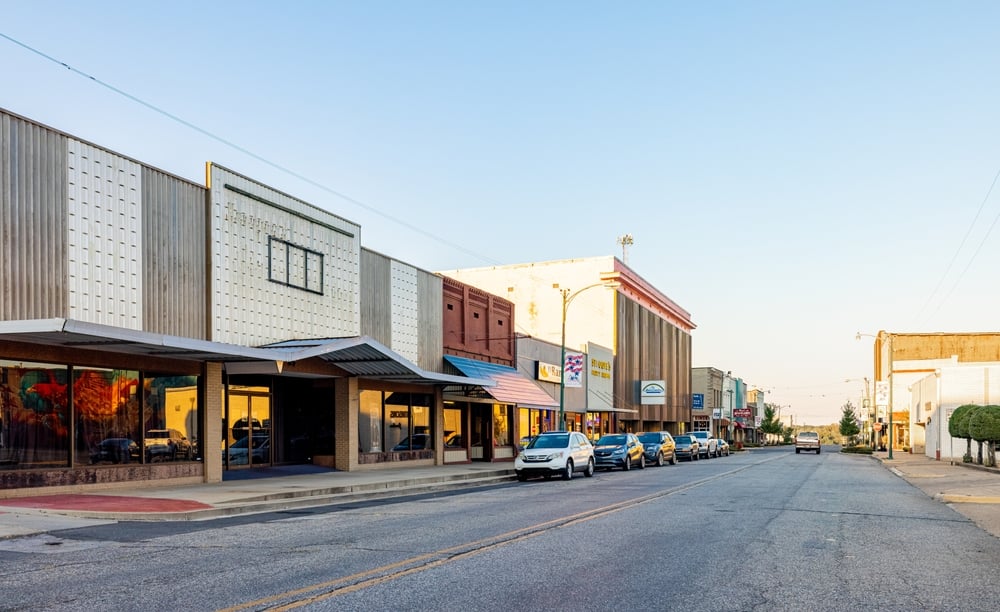
Population: 10,116
Crime Rate: Violent – 1,192 per 100,000; Property – 3,596 per 100,000
This small South Arkansas city experiences disproportionately high violent crime rates that create significant community safety concerns. Camden’s economic struggles and population decline have contributed to elevated crime levels across multiple categories. The city’s violent crime rate exceeds most Arkansas communities regardless of size.
6. North Little Rock
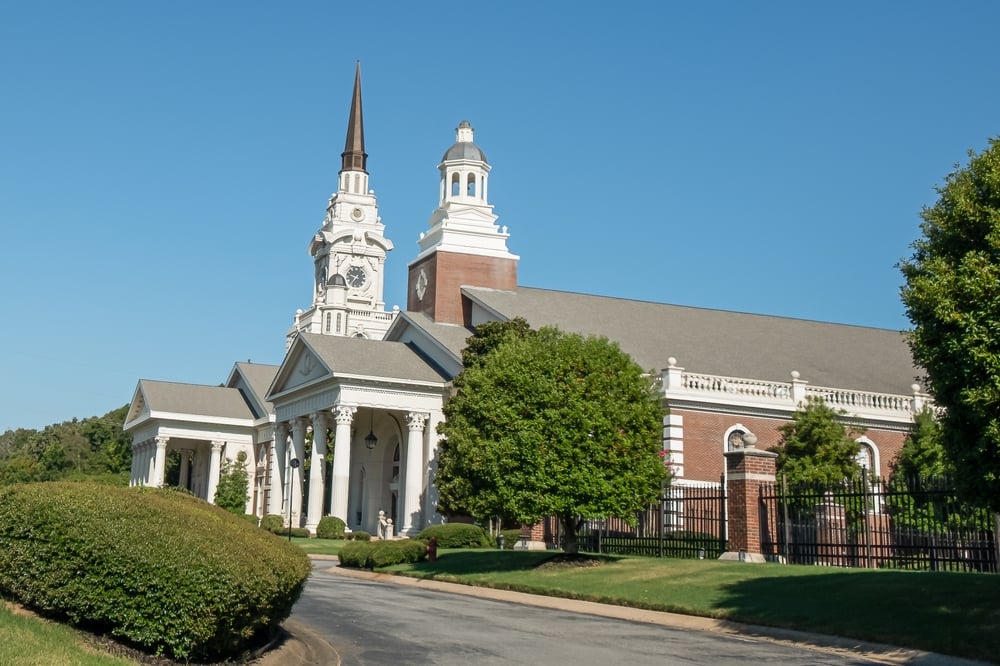
Population: 64,498
Crime Rate: Violent – 1,247 per 100,000; Property – 4,122 per 100,000
Arkansas’s fourth-largest city faces substantial crime challenges that affect multiple neighborhoods and demographics. North Little Rock’s crime rates significantly exceed state averages, with residents facing about a 1 in 18 chance of experiencing some form of crime annually. The city’s urban character and socioeconomic challenges contribute to persistent safety concerns.
5. Paragould
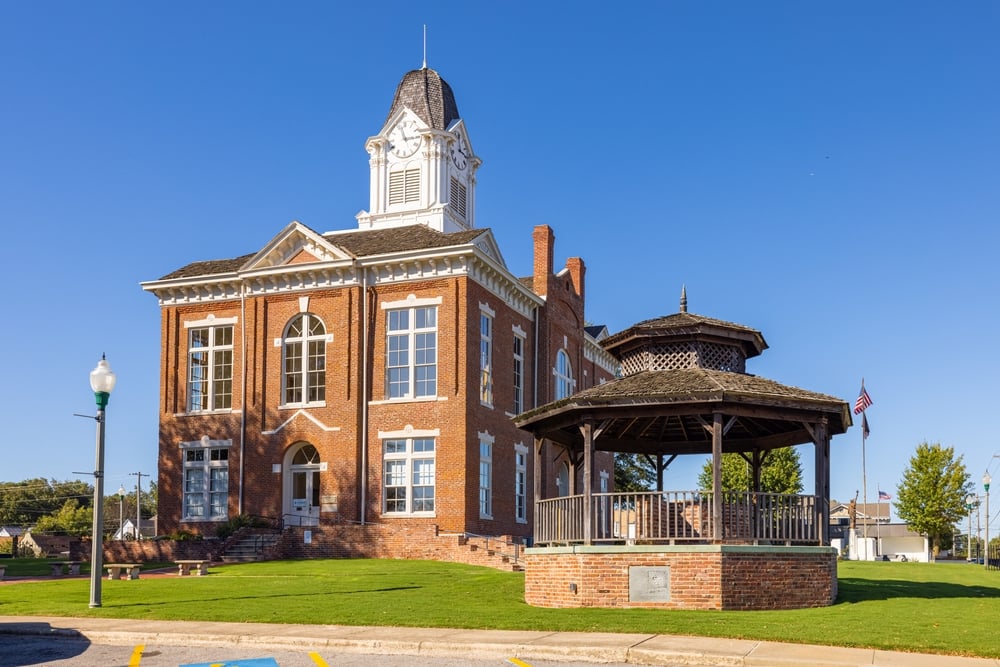
Population: 30,680
Crime Rate: Violent – 1,261 per 100,000; Property – 3,643 per 100,000
This Northeast Arkansas city experiences extremely high violent crime rates that create serious safety challenges for residents. Paragould’s violent crime statistics far exceed state and national averages, with assault and other violent offenses occurring at alarming rates. Economic factors and limited resources compound the community’s crime prevention challenges.
4. Pine Bluff
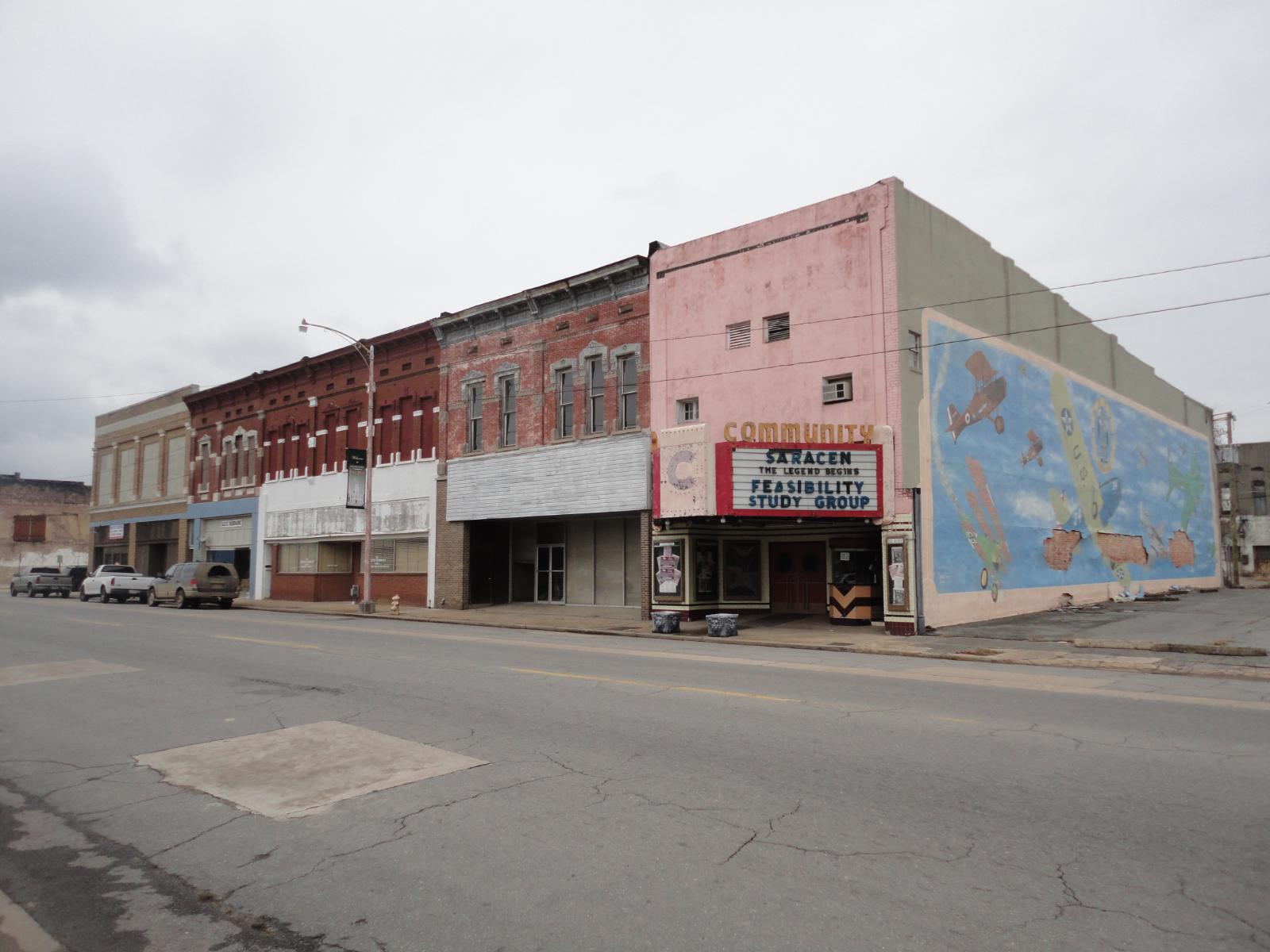
Population: 38,785
Crime Rate: Violent – 1,649 per 100,000; Property – 4,916 per 100,000
Pine Bluff faces some of Arkansas’s most severe crime challenges, with both violent and property crime rates far exceeding state averages. The city’s economic decline and population loss have created conditions conducive to criminal activity across multiple categories. Residents face significantly elevated risks compared to most Arkansas communities.
3. El Dorado
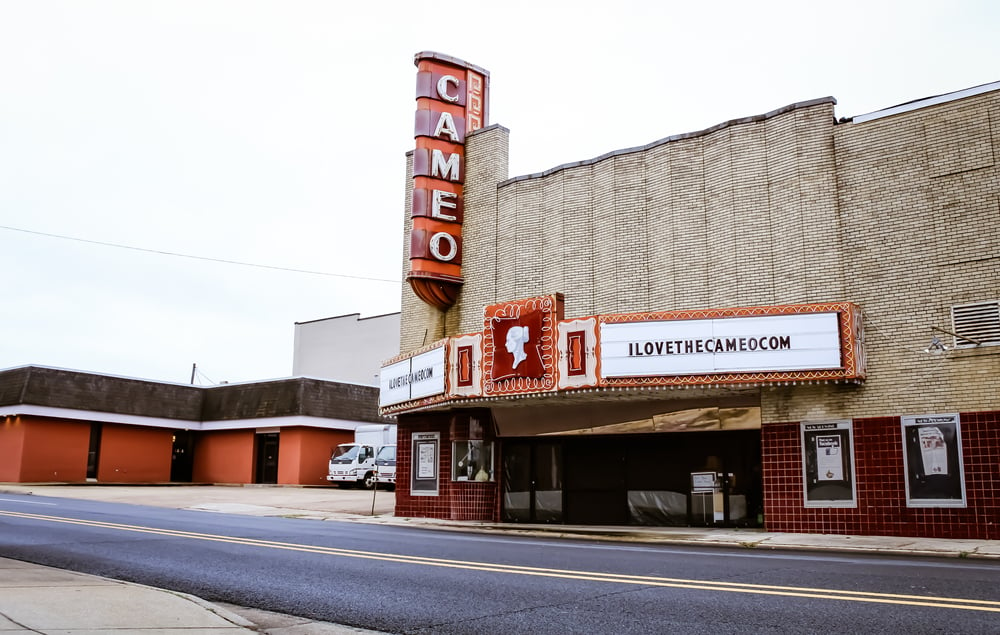
Population: 16,657
Crime Rate: Violent – 1,761 per 100,000; Property – 3,485 per 100,000
This former oil boom town now struggles with extremely high violent crime rates that create serious safety concerns. El Dorado’s violent crime statistics rank among Arkansas’s highest, reflecting economic challenges and social problems that have persisted since the decline of the petroleum industry. Limited resources strain local law enforcement capabilities.
2. Forrest City
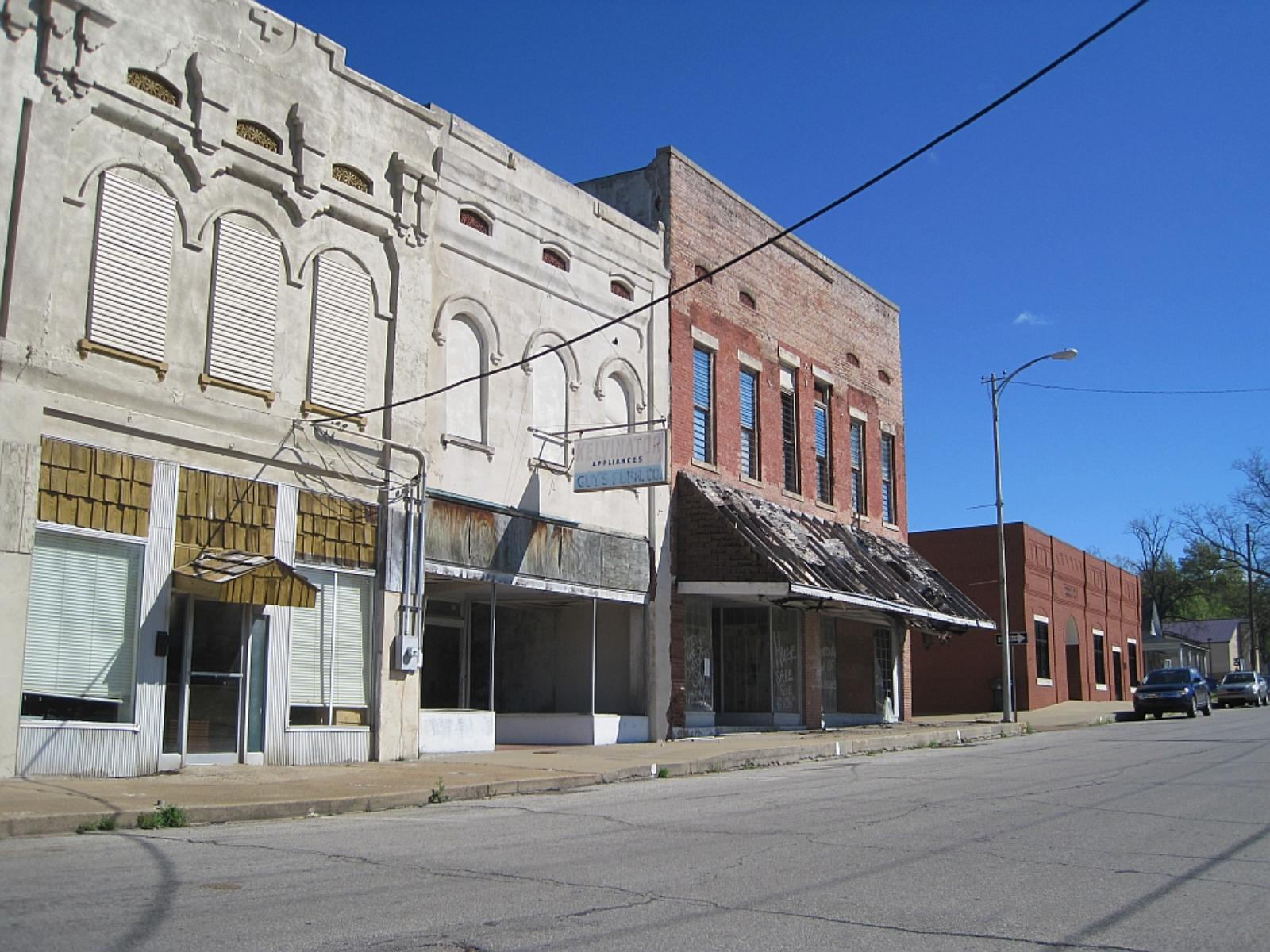
Population: 12,340
Crime Rate: Violent – 1,873 per 100,000; Property – 3,477 per 100,000
This small Eastern Arkansas city experiences violent crime rates that far exceed communities many times its size. Forrest City’s position along major transportation corridors contributes to drug trafficking and associated violence. The city’s crime statistics reflect broader challenges facing Arkansas Delta communities dealing with economic decline and limited opportunities.
1. West Memphis
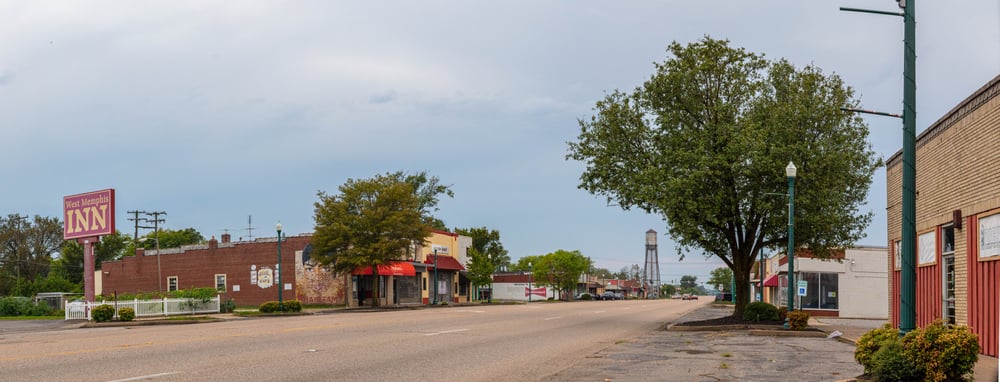
Population: 23,538
Crime Rate: Violent – 2,472 per 100,000; Property – 4,935 per 100,000
West Memphis ranks as Arkansas’s most dangerous city, with violent crime rates that exceed most American communities regardless of size. The city’s position across the Mississippi River from Memphis creates unique challenges, including drug trafficking and violent crime spillover. Residents face approximately a 1 in 13 chance of experiencing some form of crime annually, making it one of the most dangerous places to live in the state.
References
- BeautifyData – Arkansas cities by Violent Crime Rate (2023, FBI UCR)
- BeautifyData – Arkansas cities by Property Crime Rate (2023, FBI UCR)
- U.S. Census Bureau – City & Town Population Totals: 2020–2024 (Vintage 2024 overview)
- U.S. Census Bureau – Arkansas incorporated places population table (Vintage 2024, XLSX)
- Arkansas Cities by Population (uses Census Vintage 2024 PEP; convenient lookup)






